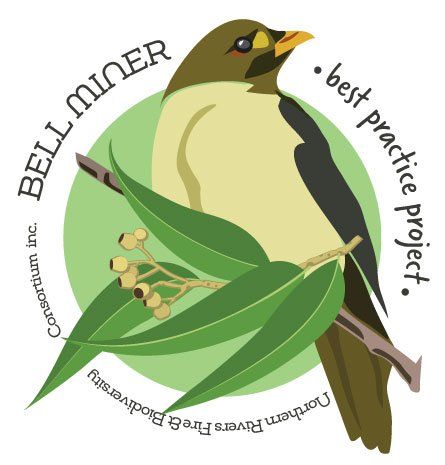Best Practice Management
defn. 'a set of practices that have proven to be successful over time'.
BMAD is a complex process with several moving parts. While the causal factors have long been debated, the accepted BMAD cycle itself is well understood. In order to manage BMAD, at least on a local scale, the objective is to intervene in the cycle where action is most likely to be effective in breaking the cycle. Once arrested, other actions can be undertaken to reverse damage and prevent re-occurrence. Why would you bother? Without action BMAD decline of forests and associated loss of biodiversity will continue across the eastern seaboard. It is our responsibility to future generations to protect our natural heritage. As a landholder, you have a front seat in helping stop this Key Threatening Process while improving not only the biodiversity value of your property but also its amenity and other social and economic contributions to the regional community.
The following information can be used as a guide to inform your next steps to tackling BMAD.
The aim of BMAD management is to remove the unnaturally dense mid-storey layer vegetation from established or potential bell miner colony areas and to reinstate forest structure, health and diversity to these disturbed forest areas. This means regaining canopy cover and returning to a sparser mid-storey layers. This approach works on the assumption that by removing bell miner nesting habitat, the colony will lose its stronghold on the territory allowing other birds to move in and control psyllids infestations which can tip trees into their ultimate decline. By restoring a healthy forest structure, you will also stop the birds from re-colonising areas, effectively breaking the BMAD cycle.
Weed control, ecologically sensitive burning regimes, assisted bush regeneration, revegetation and combinations of these methods may be used to manage BMAD. Theses methods have been used with success across the North Coast. The key is to use an integrated, adaptive approach with multiple techniques suited specifically to a site, monitor progress and forest response, undertaking follow-up work as needed. Its a commitment of 10+ years to see it through to a fully regenerating stabilised forest that wont return to weed.
Click on the links below for information about planning, managing and monitoring BMAD on your property.
Make a Plan
Having a cohesive and strategic plan is essential for success
Regenerate the forest
Assisted or natural regeneration to restore a healthy forest
Control the mid-storey
There are several options for controlling unnaturally dense mid-storey vegetation
Monitor & Follow-up
Monitoring is key to adaptive and effective management of BMAD
Northern Rivers Fire & Biodiversity Consortium inc.
This project is supported by North Coast Local Land Services, through funding from the
Australian Government’s National Landcare Program and the NSW Department of Planning, Industry and Environment
through funding from the Saving Our Species Program.
